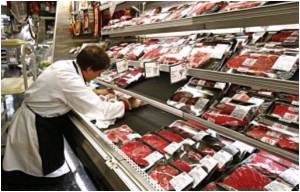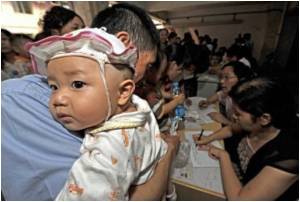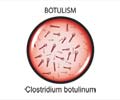Any delay in identifying the source of food poisoning outbreaks can cost lives and cause considerable political and economical damage.

In the first study of its kind, published in the journal PLoS ONE, the scientists studied databases of food import and export to understand how 'food fluxes' generate a complicated worldwide network. They were led by Professor József Baranyi of the Institute of Food Research, which is strategically funded by the Biotechnology and Biological Sciences Research Council.
Using agri-food import-export data from the UN and FAO databases, the authors chart out the worldwide food-transport network and show that it forms an amazingly complex transport web. With the help of network science methods they reveal that it has highly vulnerable hotspots and demonstrate that, without increased control, some of these are prime positions for making outbreak tracing difficult.
The research identifies a number of countries as being central to the network or holding particular influence due to the dynamics of the food traffic, and stricter regulation in monitoring food trade here could benefit the network globally. Countries that take in many ingredients, process these into products, and act as distribution hubs are of particular concern.
"We found that the current structure of international food trade effectively makes The Netherlands a combined melting pot and Lazy Susan, with the busiest link to Germany," said Professor Baranyi. "This could explain why the tracing of the source suffered long delays in these countries in two serious outbreaks in 2011. This could be observed in both the E. coli outbreak in sprouts and the dioxin contamination in eggs."
The findings are supported by two types of analyses: one is based on the graph theoretical analysis of the structure of the international food trade network that allows the identification of the network core using the well- established "betweenness centrality" measures of nodes and edges for this purpose; the other is a measure based on the dynamics of the food-flow on the network, expressing to what extent a country is a "source" or a "sink".
Advertisement
Source-Eurekalert















